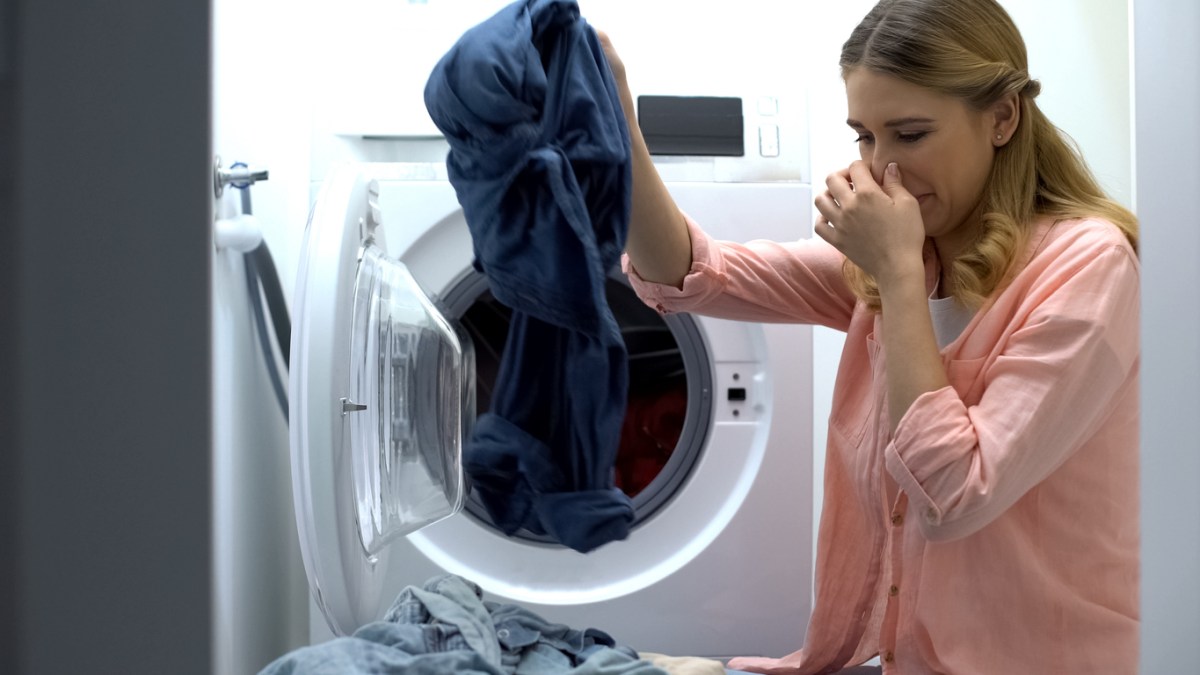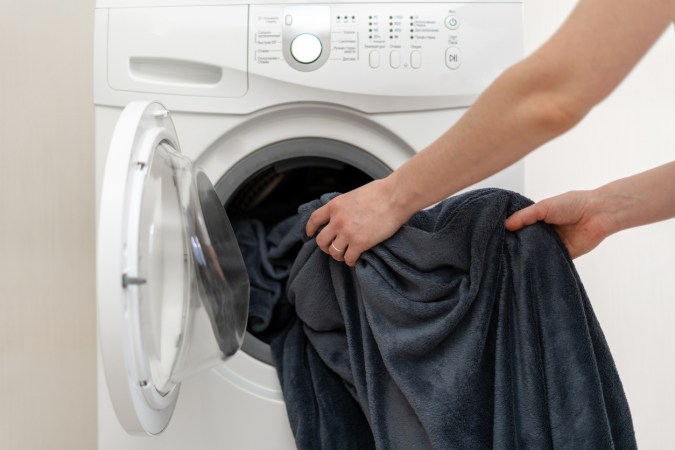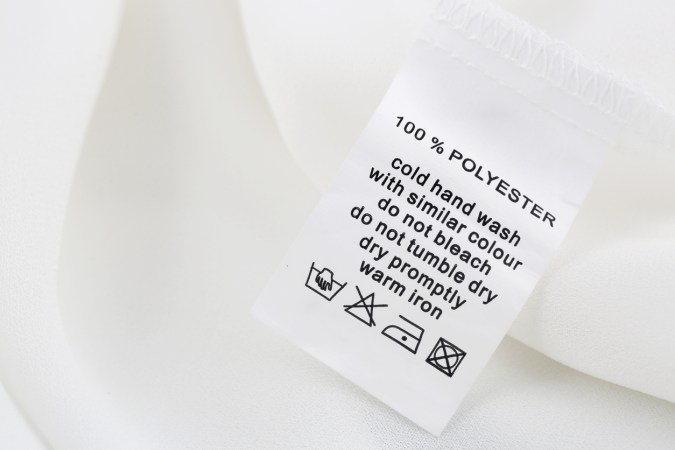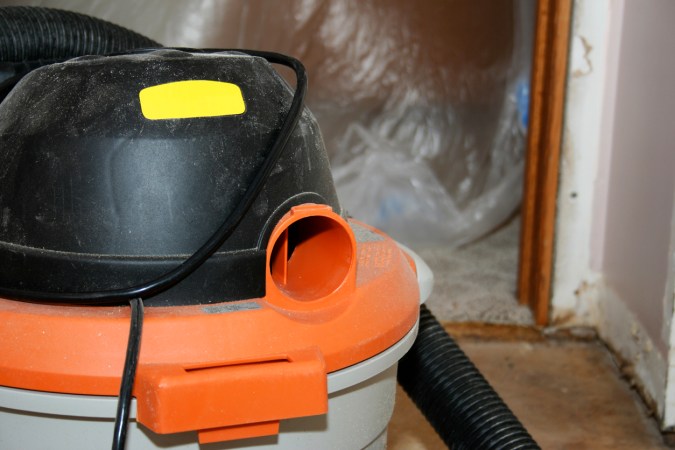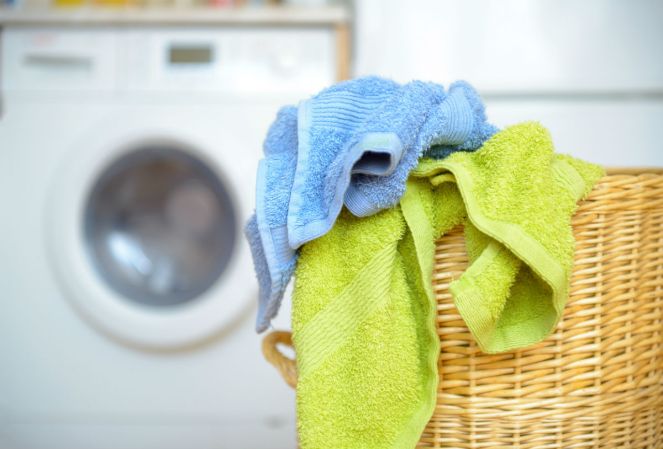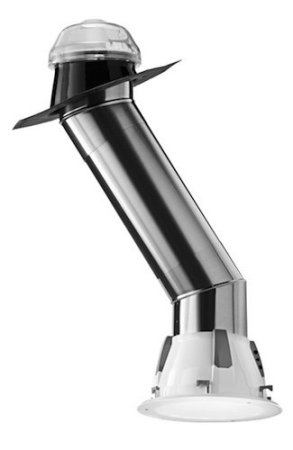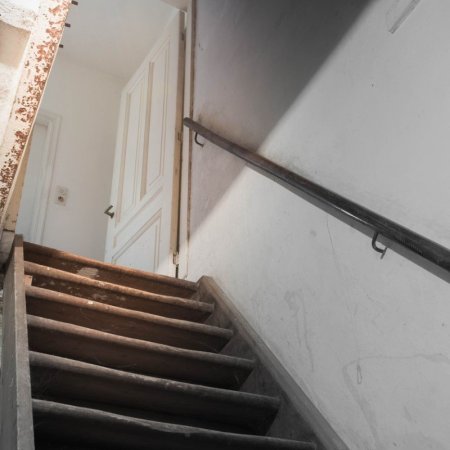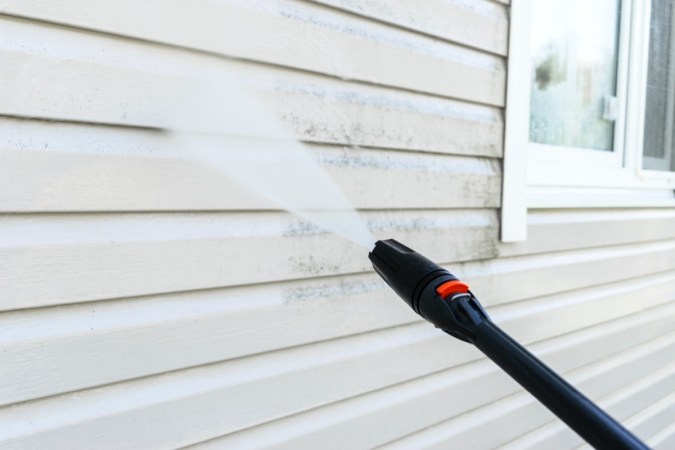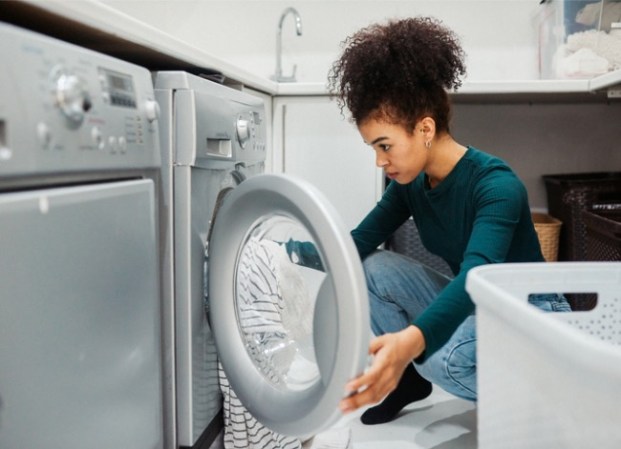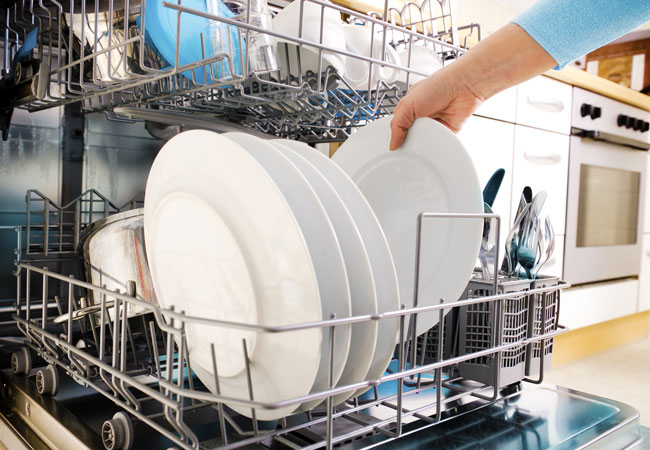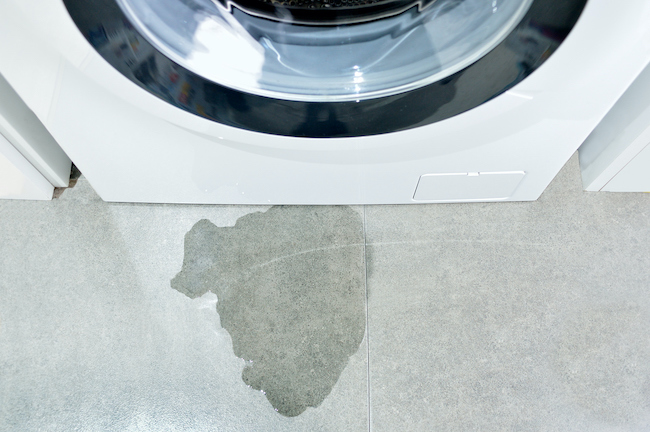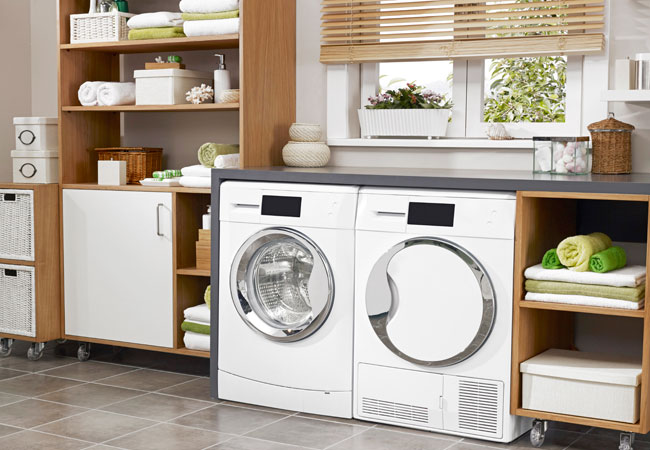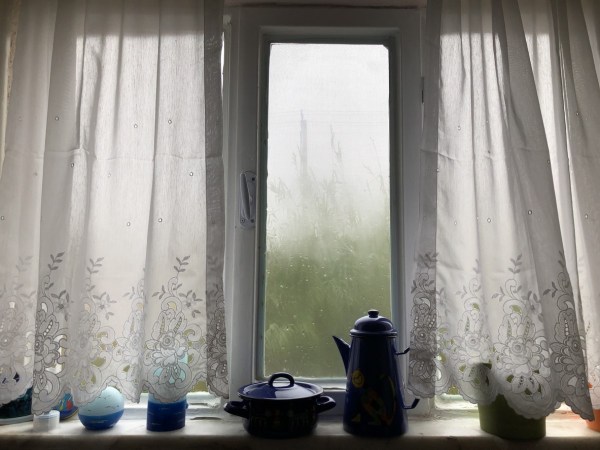We may earn revenue from the products available on this page and participate in affiliate programs. Learn More ›
Q: Lately, every time I open my washing machine door, I detect a foul-smelling odor. My washing machine smells like rotten eggs. How do I get rid of the stink?
A: Sorry to hear your sniffer is suffering! It looks like it’s your washer that is in need of a washing. Odors that waft from a washing machine are commonly caused by a combination of mold, mildew, and bacteria.
Over time, soap scum, dirt, body oil, and hair get trapped inside the washer’s seals, gaskets, and dispensers. Without regular cleaning, a washer ends up smelling about as disgusting as that collection of filth sounds.
Combine that toxic concoction with a laundry room’s constant humidity, and you can end up with an ideal environment for bacterial growth. And therein lies the irony: The machine we rely on day after day, cycle after cycle, to remove soil and stains now smells worse than the dirty laundry. Sometimes, even the hardest-working appliances need a little TLC to get back on track.
Read on to find out how to remove the unwanted mildew, mold, and bacteria, and successfully refresh the inside the washing machine.
How to Refreshing a Smelly Washing Machine
To remove those foul odors, use the following three-step process to restore your washing machine’s clean, fresh scent: scrub, sanitize, and deodorize. Take care not to mix any cleaning agents together, which can be dangerous.
STEP 1: Remove your soap, bleach, and softener dispensers and scrub each carefully.
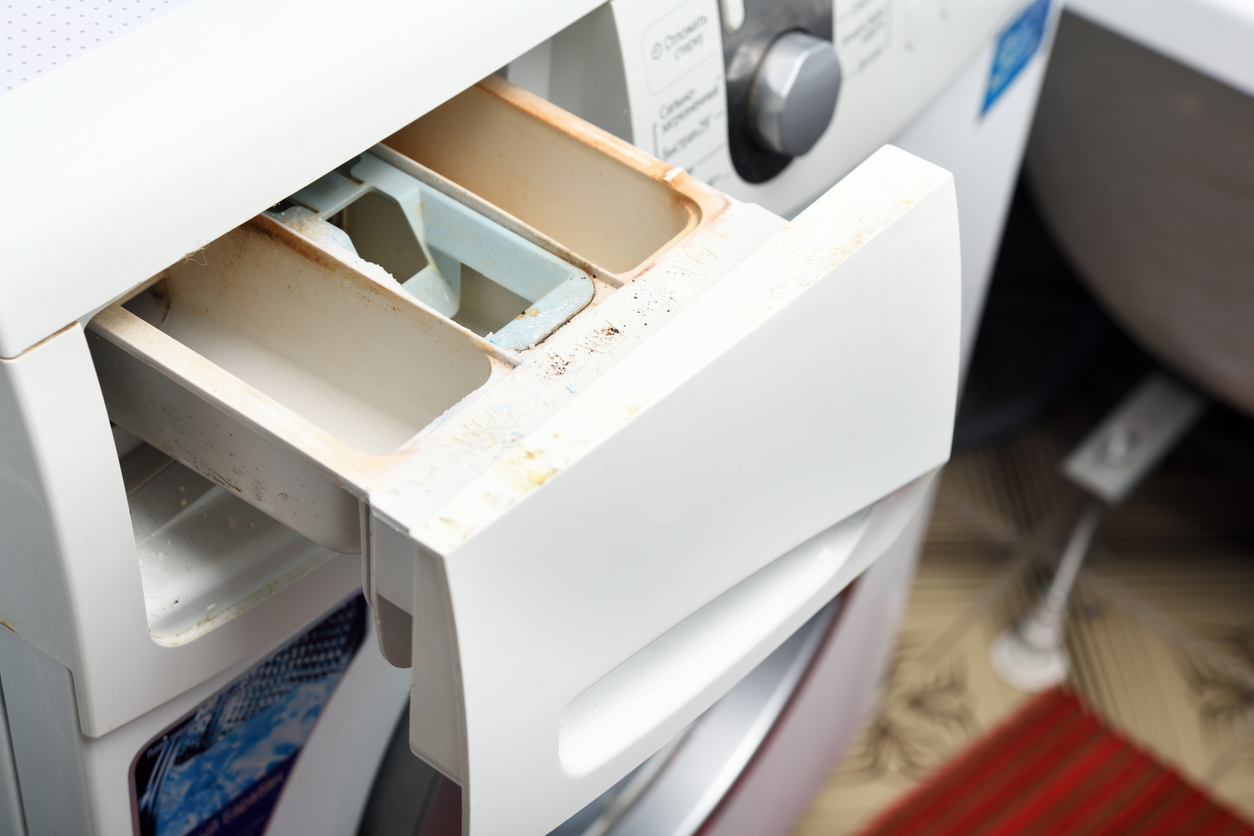
If your washing machine smells like mildew, one of the first things to do is clean the soap, bleach, and softener dispensers. If water gets into any of these parts, it is often left behind as standing water between cycles—a breeding ground for mildew.
Use an old toothbrush to get inside the dispensers’ cracks and crevices, and then use a pipe cleaner to dig out buildup that’s lodged inside the pipes of the dispensers.
- If you have a front-load washing machine, be sure to wipe around the rubber seal with a wet cloth, and use a cotton swab to remove accumulated gunk around the gasket.
- On top-load washing machines, pay special attention to the cracks and crevices around the doors where dirt tends to hide. When you’re done scrubbing the parts, it’s time to move on to the tub.
STEP 2: Sanitize your stinky washing machine with chlorine bleach.
Chlorine bleach is an effective “go-to” when a washing machine stinks because it’s the absolutely best solution for killing mold and mildew. Be sure to take proper precautions when using bleach and, for safety reasons, don’t mix it with other cleaners.
The amount of bleach you should use depends on your washer: Add 4 cups bleach to a top-loading machine or 2 cups to a front-loader, then start a cycle. Set the washer to the highest possible temperature setting. Let the tub fill, and stop the wash cycle once the agitator has mixed in the bleach. Allow the bleach water to sit for 30 minutes, and then resume the cycle. One more run of the rinse cycle should remove all traces of bleach.
RELATED: 8 Safety Tips for Disinfecting With Bleach
STEP 3: Remove any lingering smells by following up with a vinegar wash.
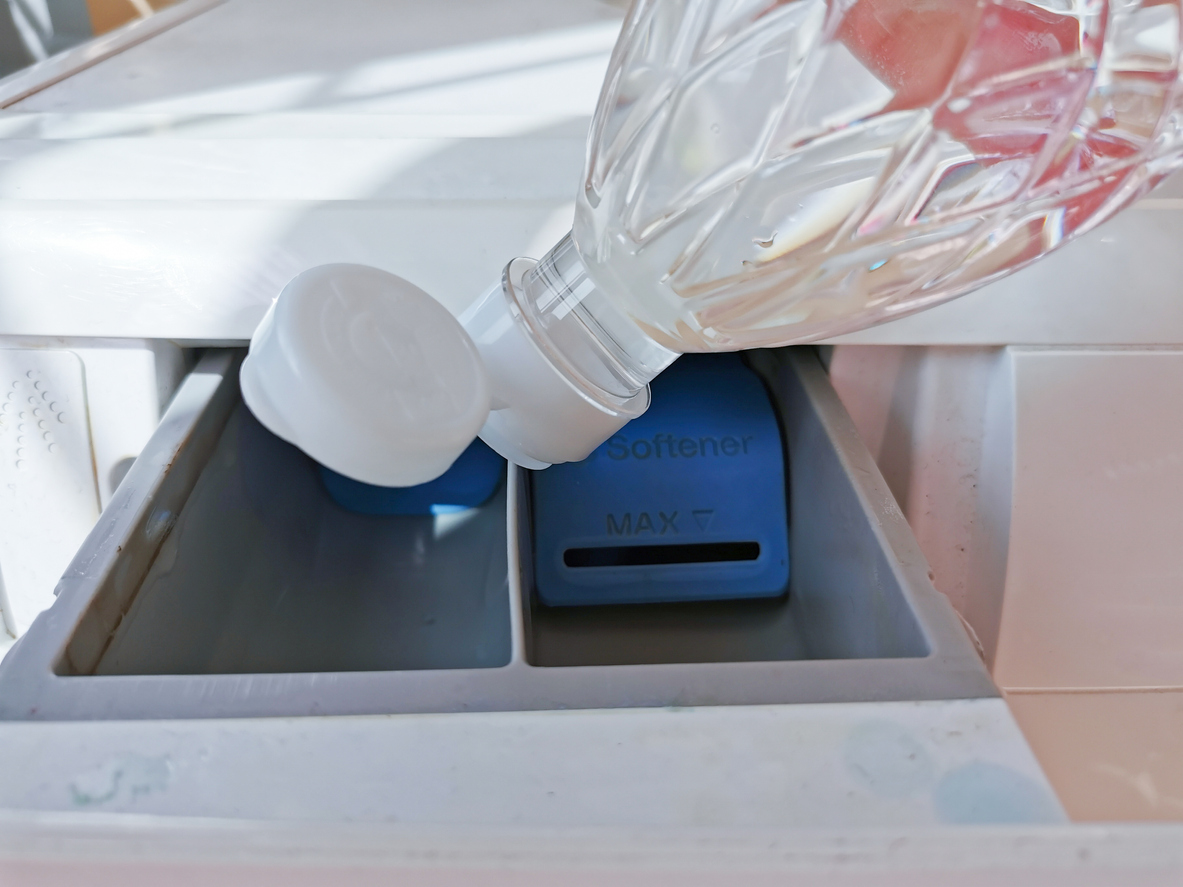
Vinegar is not only an excellent deodorizer, but the acidic quality of the liquid removes hard water buildup as well as any leftover bacteria that may have survived the bleach. To begin, set your washer on its hottest setting. Add 4 cups of plain white vinegar (not balsamic or apple cider) to a top-load machine or 2 cups to a front-load model. Don’t use laundry detergent or anything else in this cycle—vinegar acts alone!
The process from this point should feel familiar: Allow the tub to fill, then stop the wash cycle once the agitator has mixed the vinegar and water. After 30 minutes, turn the washer back on and allow the cycle to resume until complete.
STEP 4: Rinse out the drum by running a service wash with hot water.
After completing the vinegar wash, rinse out the drum using a service wash. A service wash, which may also be referred to as a maintenance wash or self-cleaning cycle, uses hot water to clean the inside of the machine. Some newer washing machines may have a service wash setting, but if yours doesn’t you can just set the machine for a long hot wash cycle.
Running a service wash cycle about once a month can help prevent washer smells from coming back in the future. Always ensure that your washing machine is completely empty before starting a service wash. You can also add a washing machine cleaner to the wash cycle to help eliminate more bacteria and smells than hot water alone will be able to handle.
Troubleshooting and Maintenance Tips
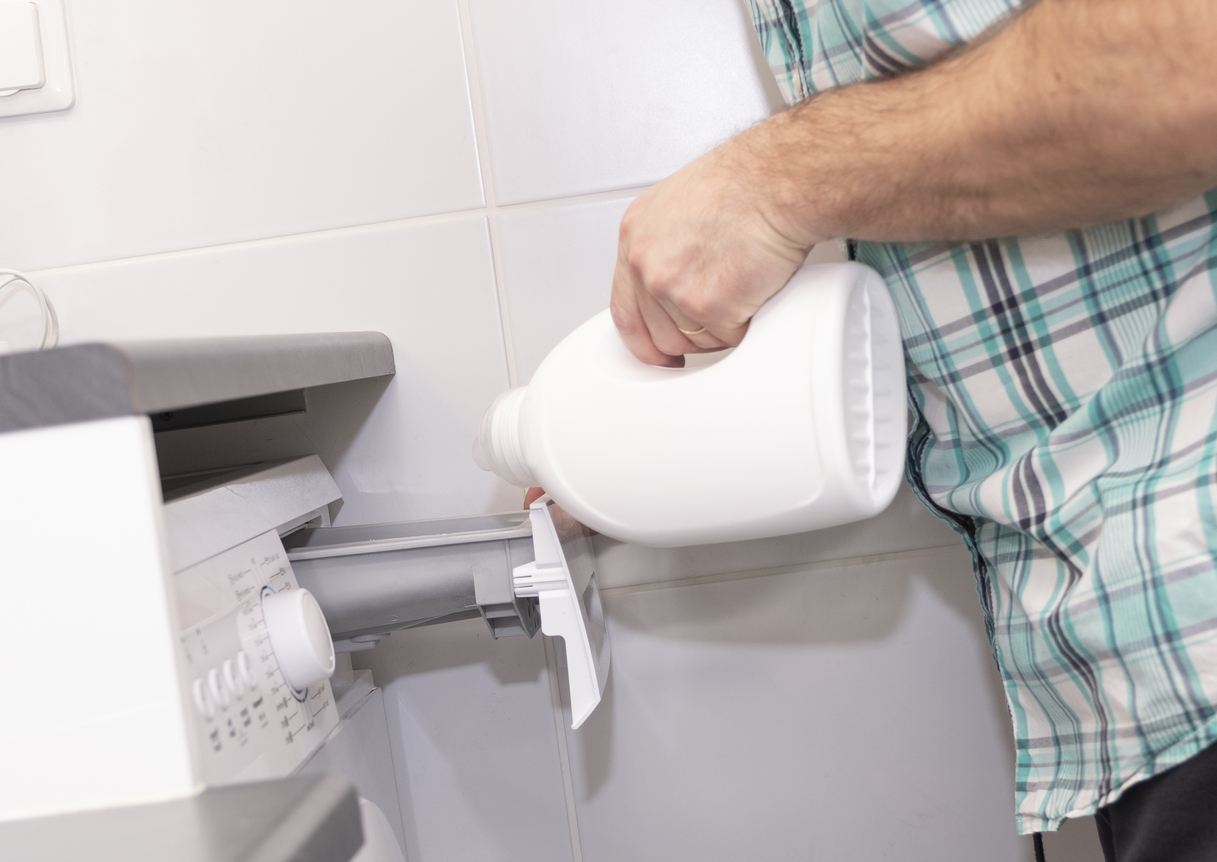
If your washing machine smells like sewage even after you clean it, the issue might be a clog in your drain standpipe.
If you’ve completed all the steps above and your washer stinks still, it may indicate that the drain standpipe is clogged. Sewage smells often point to a clogged drain standpipe.
For those who are comfortable attempting to unclog the pipe on their own, begin by turning off and disconnecting power to the washing machine. Then, remove the drain hose from the standpipe. Use a drain auger or drain snake to release the clog. Push it slowly into the pipe until you notice some resistance. To remove the blockage, rotate the snake to grab whatever is blocking the drain.
Once you can feel that the clog has been dislodged, pull out the snake along with the source of the blockage.If you are unable to remove the clog using the drain snake, try a liquid clog remover.
Once you think you’ve removed the clog, use a garden hose to run water through the pipe to confirm that it is actually clear. Then, put the washing machine drain hose back into the pipe and run a test cycle.
RELATED: Solved! How Long Do Washers and Dryers Last?
If you have hard water, use water softening tablets to prevent smelly build-up accumulating in your washer.
You probably know that there are some items that shouldn’t be put in a washing machine, but did you know that your hard water could also cause washer odors? Dissolved minerals found in hard water are left behind in the washing machine after each wash cycle. These minerals buildup over time, forming limescale.
Limescale can damage the internal components of a washing machine and cause it to malfunction. Additionally, it may also be the reason your washing machine smells bad. The bacteria that live in the built-up limescale have a very foul odor.
One way to protect a washing machine against limescale residue and the odors and damage that can accompany it is to use water softening tablets. These tablets can soften the water in the washer to help prevent future buildup of limescale.
Always remove wet clothes immediately after the wash cycle ends.
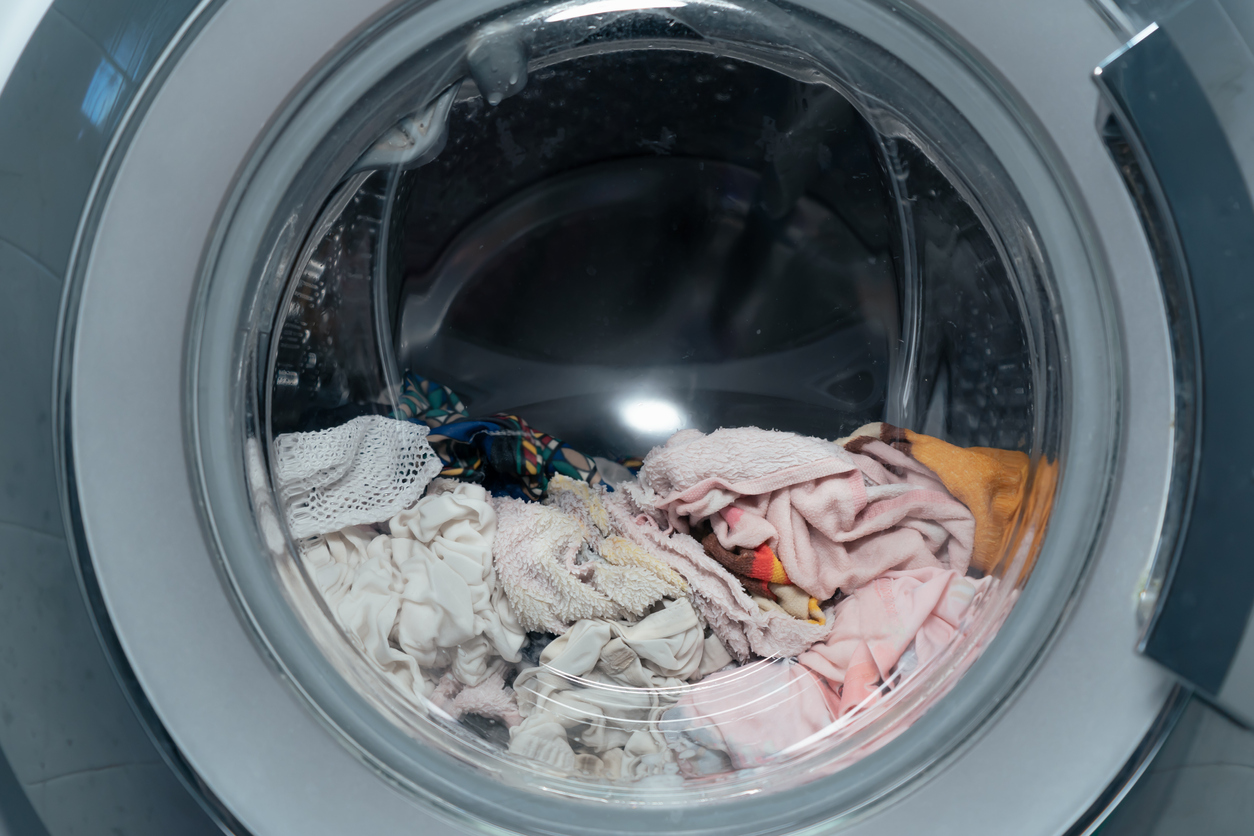
If you notice that your clothes still smell after washing, it may also mean that you are leaving them in the washer for too long. This is actually one of the more common laundry mistakes people make. If laundry is left wet in the washer overnight or longer, mold and mildew can start to grow.
The exact amount of time it can take for mildew to form on clothing or linens can vary depending on the humidity, temperature, ventilation, and fabric type. However, considering how humid and wet a washing machine and the clothes in it can be after a wash cycle, the easiest way to help eliminate the “clothes smell musty or mildewy” problem is to remove them as soon as the wash cycle is finished.
After taking all of these steps, the next time you open your washing machine door, don’t be afraid to breathe in deeply! Instead of that foul-smelling funk, you’ll enjoy the sweet smell of success.

